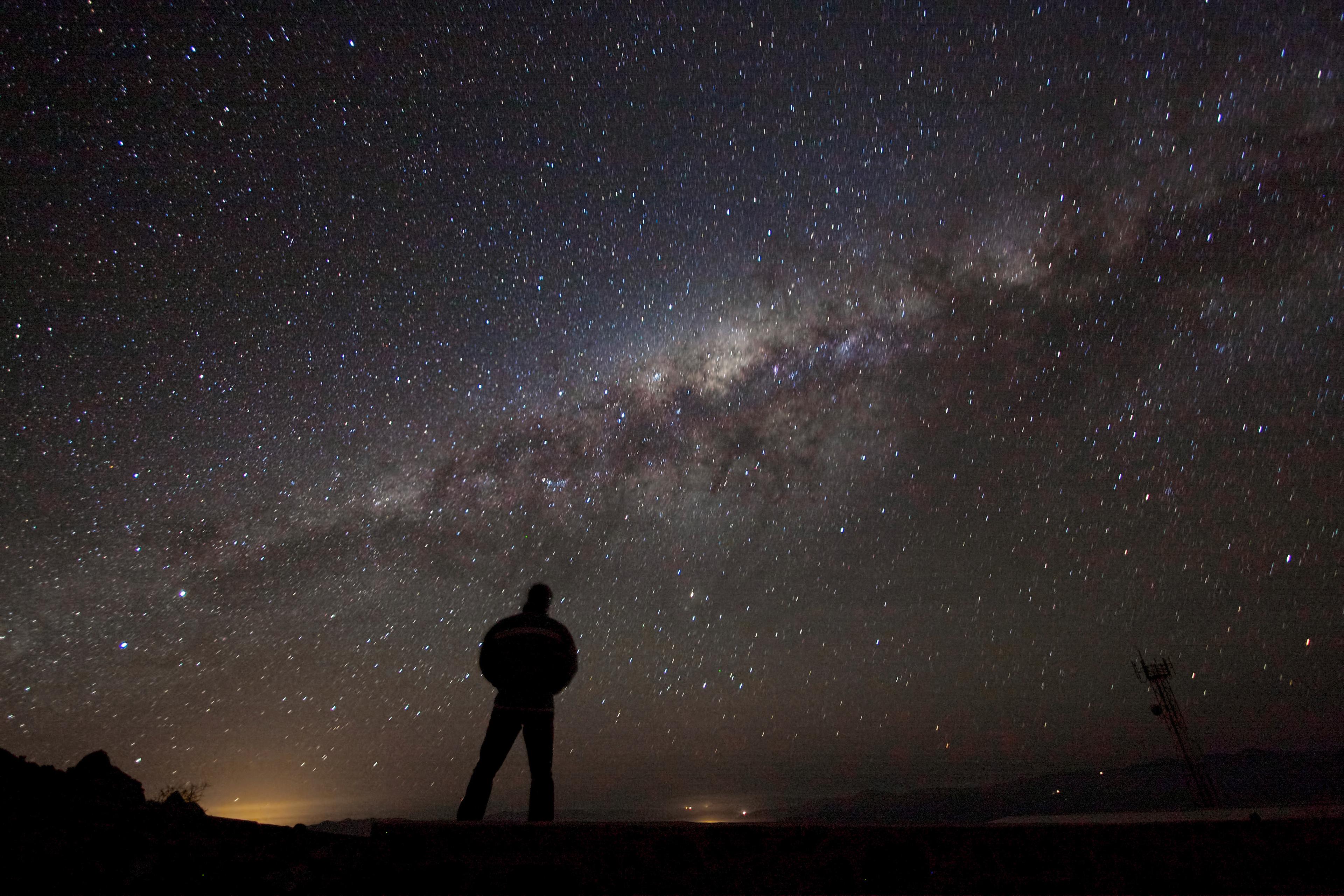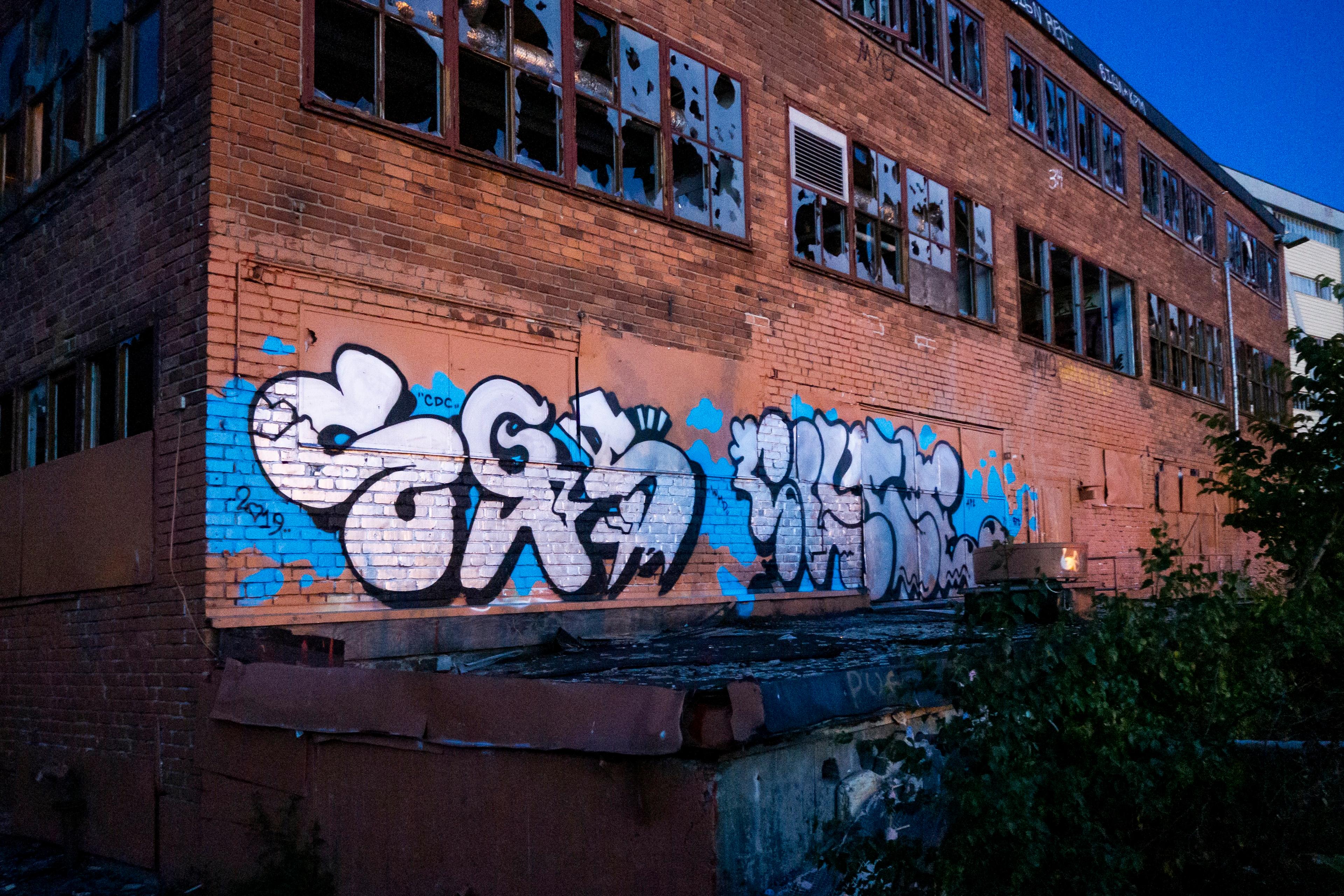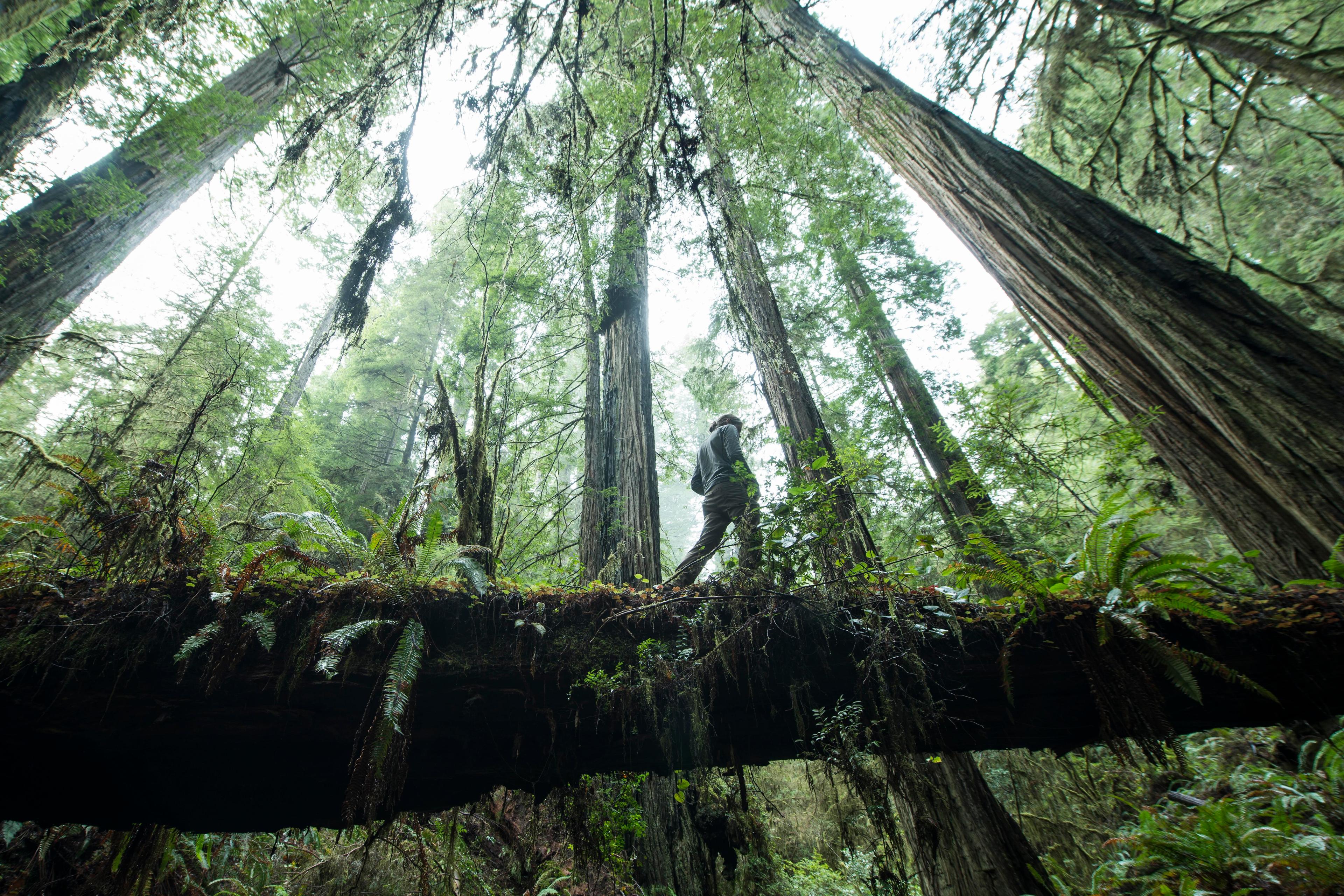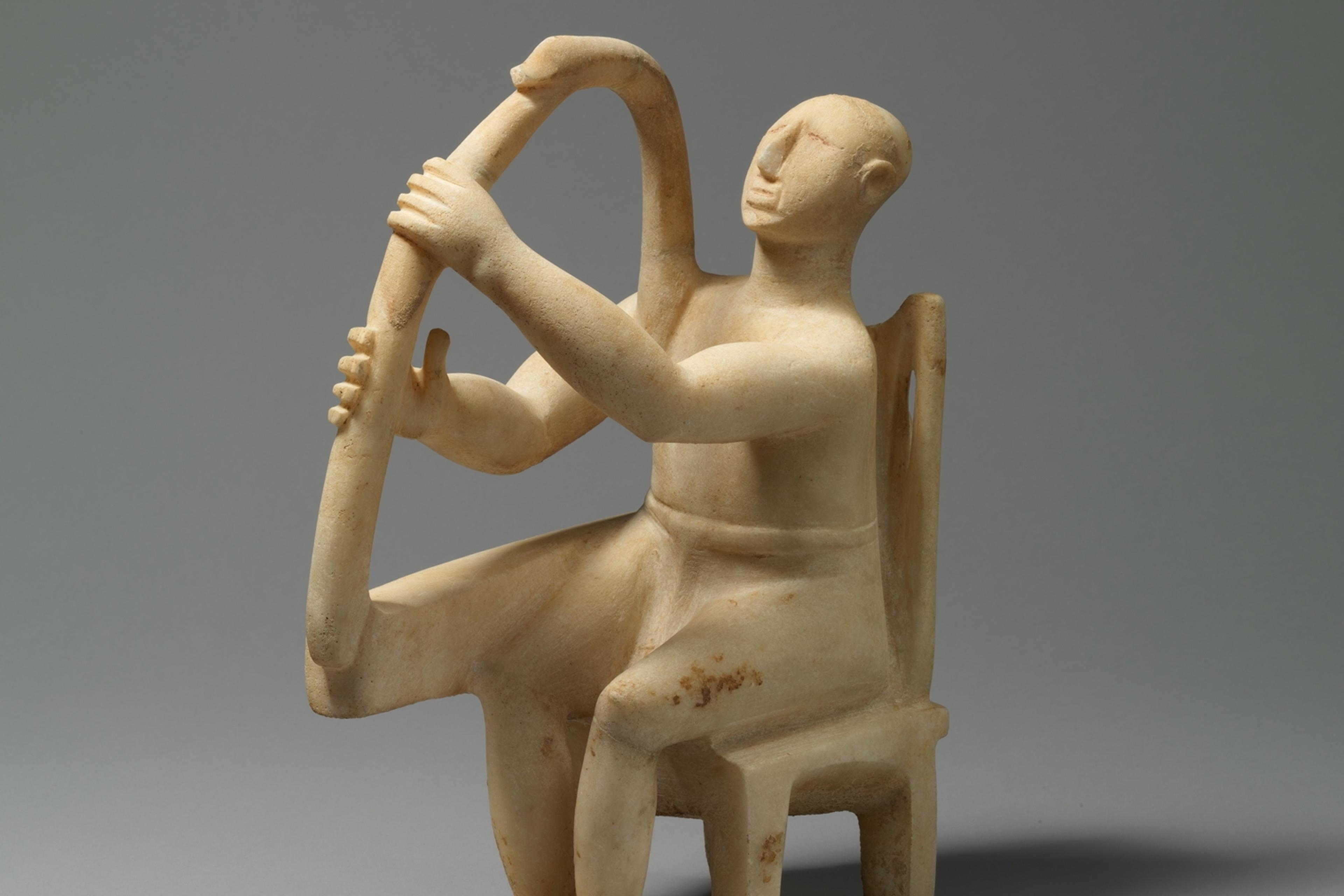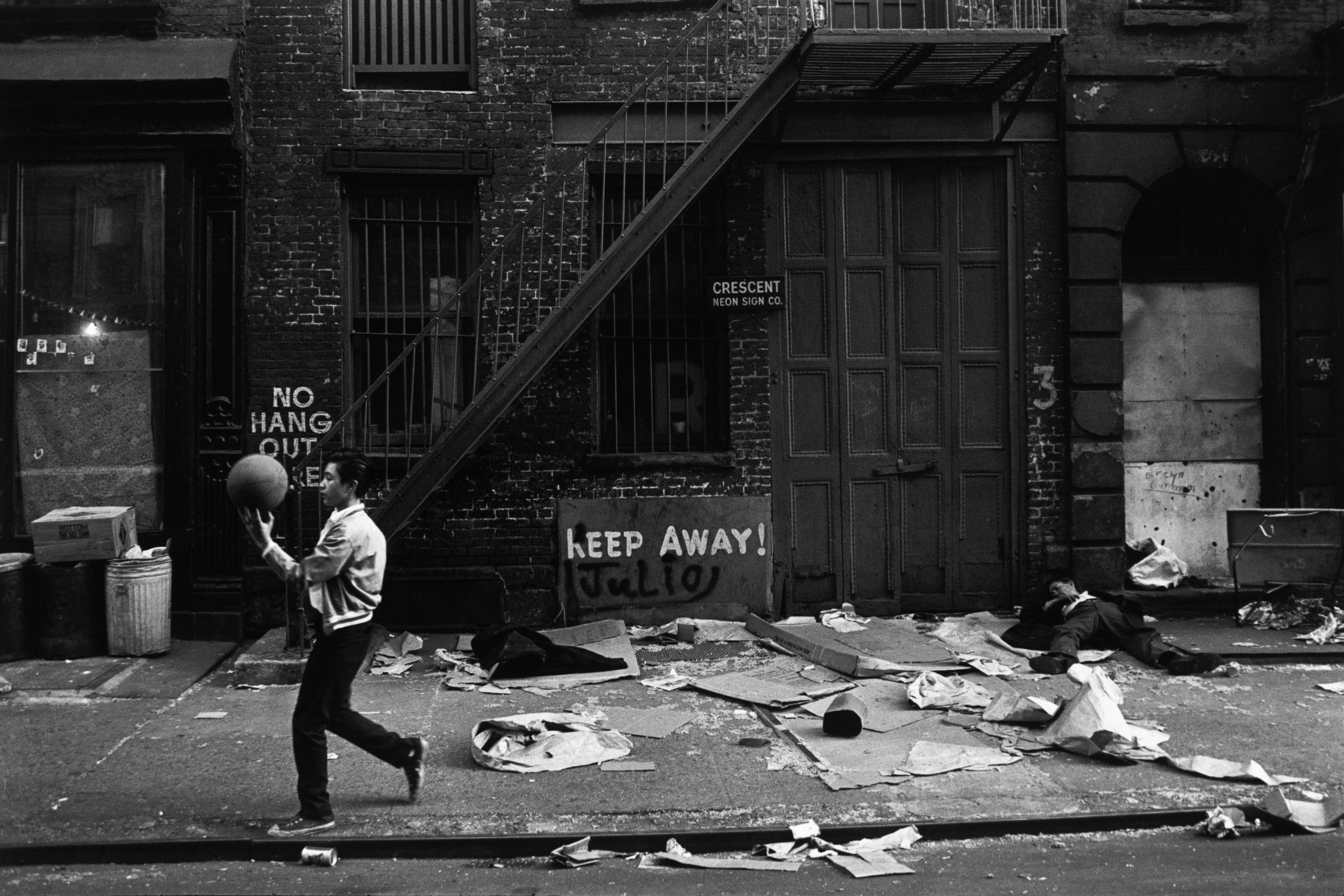An old Chinese legend tells of the painter Wu Daozi (680-c760), who learned to paint so vividly that he was finally able to step inside his work and vanish into the landscape. Magical though it sounds, this legend iterates the common intuition that artworks are more like portals than ordinary objects: they can transport us into other worlds. When I look at Pieter Bruegel’s The Hunters in the Snow (1565), I feel like I was there in the frost-bitten village, rather than the galleries of the Kunsthistorisches Museum in Vienna. When reading Crime and Punishment (1866), the letters on the page conjure a whole world, and in some sense I am no longer in my living room but right there in Dostoevsky’s Russia; the cinema, too, is a gateway to faraway galaxies and past centuries.
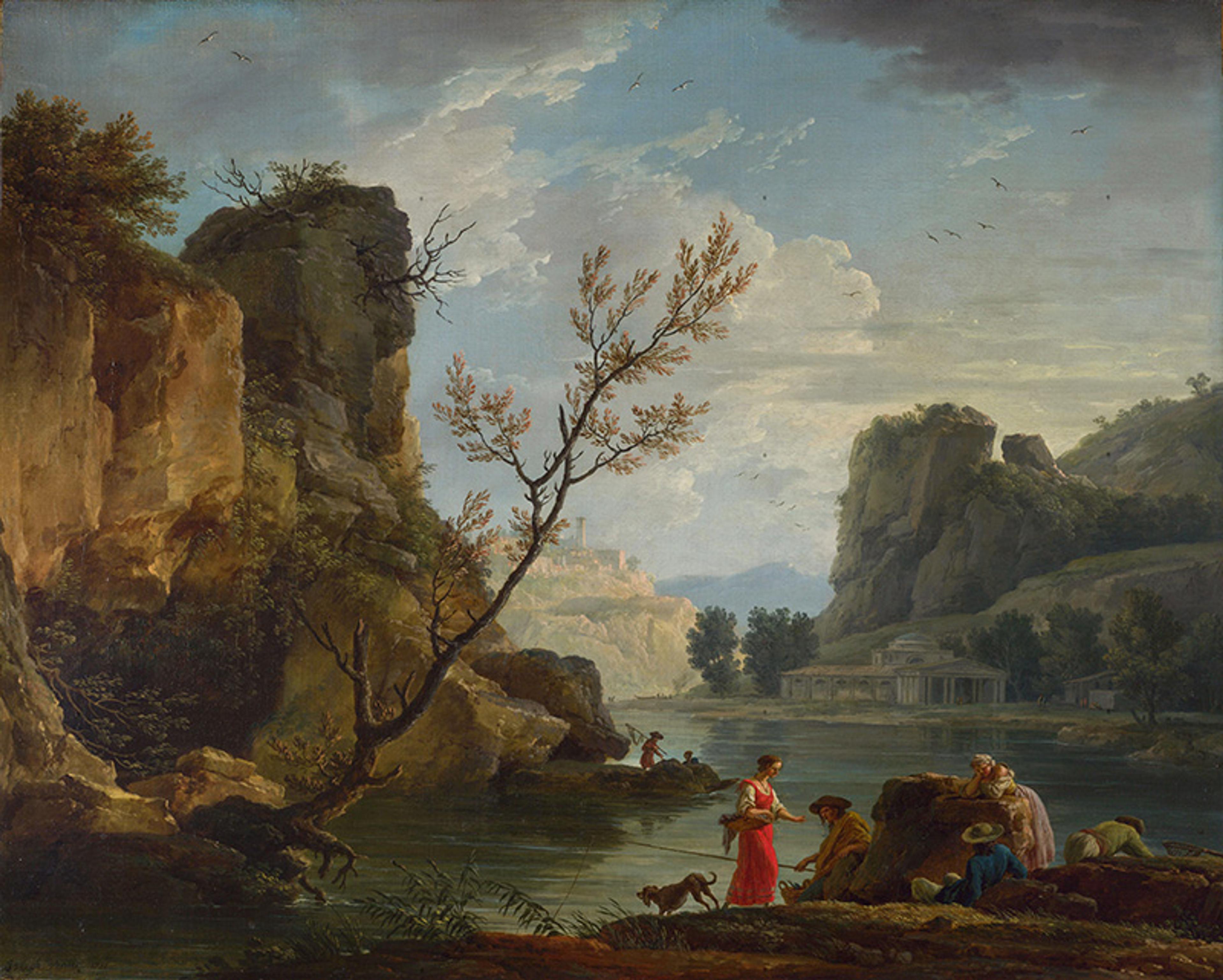
A River with Fishermen (c1751), by Claude-Joseph Vernet. Courtesy the National Gallery, London
Even non-representational works can take hold of us, like the breathing colour fields of Mark Rothko’s paintings or the beautiful ambience of Max Richter’s music. Sometimes, artworks have such a magnetic pull that we forget the actual world around us and lose our sense of time and place, of other people – and sometimes even of ourselves. The French art critic Denis Diderot (1713-84) called such immersive experiences ‘art at its most magical’. Once a painting by Claude-Joseph Vernet (1714-89) pulled Diderot inside a pastoral river scene so completely and enjoyably that he compared the experience to a divine mode of existence:
Where am I at this moment? What is all this surrounding me? I don’t know, I can’t say. What’s lacking? Nothing. What do I want? Nothing. If there is a God, his being must be like this, taking pleasure in himself.
No wonder, then, that there is a certain sense of wistfulness when it all ends, when the lights come up or the last page is turned, and we find ourselves back where we were, forced to carry on with our daily lives.
The idea of artworks as portals to other worlds dates back several centuries, and it has become a commonplace way of talking about our experiences with art. In Pictures and Tears (2001), the art historian James Elkins called it the ‘travelling theory’ of aesthetic experience. The obvious problem with this theory, however, is that it sounds terribly metaphorical. In reality, I never leave my place in physical space. I’m there in the gallery, the auditorium or on my sofa all along. Try as I might, I cannot enter Bruegel’s landscape by touching the canvas, nor can I run into the world of Hamlet by running onto the stage. The artwork allows me only to peer as if from a threshold, where I can see inside but never enter. Here we face what I call the paradox of aesthetic immersion: when I’m immersed in artwork, I seem to go somewhere without going anywhere, and I seem to be in two worlds at once, and yet I’m not properly in either. So what kind of ‘travelling’ are we talking about?
One way to answer this question is to look closer at the phenomenology of immersive experiences – that is, the way immersion is experienced in the first-person perspective. The Polish phenomenologist Roman Ingarden (1893-1970) argued that artworks are peculiar entities that exist somewhere between the mental and the physical reality, irreducible to either but dependent on both. An artwork necessarily requires a physical basis, such as pigments on a canvas, a block of marble, letters on a page, people on the stage – in short, an external object or state of affairs that the perceiver can engage with. However, the work also needs a perceiver to blossom into what Ingarden called the aesthetic object, the artwork as experienced: it is the consciousness of the perceiver that turns the letters on a page into an imagined world, sees a landscape in a painted surface, or hears sadness in a melody.
As a mind-independent object, the artwork is a skeleton to which I give flesh by attending to it. Indeed, when perceiving an artwork, we often literally overlook the artwork as a physical object; I’m not usually aware of the letters on the page or the pigments on the canvas, as my consciousness glides over them and attends to the depicted or narrated world that opens up in engagement with the artwork. This world is not localisable in physical space. No map can lead me there. The only entry goes through the artwork. Neither is the artwork’s world a mere mental event inside my consciousness, like a phantasm or a memory, because I experience the artwork’s world as something external to my consciousness. As the French philosopher Mikel Dufrenne (1910-95) says, the artwork ‘appears in the world as something not of the world’, as an irruption of a new world in the midst of the actual world.
I believe this peculiar ontological inbetweenness offers a key in understanding what happens in an immersive engagement with artworks. In everyday experience, I find myself here, in the midst of the spatially and temporally unified and meaningfully organised world, in which I can interact with objects and other people. Martin Heidegger (1889-1976) argued that this boundedness to the world defines human existence to the extent that his technical term from human existence was Da-sein, literally ‘being-there’. The artwork, however, opens a heteronomous world I don’t experience as belonging to the spatiotemporal unity of the actual world. Aesthetic immersion then includes a turning away from the actual world towards the world of the work without actually entering it. In my own research, I have attempted to describe the radical experiential changes in the perceiver’s place-awareness that such turning involves, most noticeably changes in one’s sense of time and space. Engaging with a good book or a film can lead me to lose all track of time and awareness of surroundings.
More paradoxically still, an artwork can make me forget myself as the subject of the experience, as if I somehow became part of the object. It can consume my attention to the extent that it eclipses everything in the field of my consciousness. An important aspect of aesthetic immersion, however, is that, even though immersion can feel holistic and real, there still remains at least a latent consciousness of the boundary between reality and fiction, and we usually do not mistake the artwork’s world for the actual world and think that we are really inside another world. All this amounts to a peculiar, experiential dislocation, where the usual structures of my place-awareness are destabilised, so that it feels like I’m not wholly in the actual world nor in the world of the artwork, neither inside nor outside, but in a liminal space between them. From this phenomenological perspective, the ‘travelling theory’ of aesthetic experience is not just metaphorical speech but an actual description of the experience, while the ‘travelling’ in question has a much more complex nature than what a naïve interpretation of the theory suggests. We do not enter an artwork like Wu Daozi, but rather the artwork dislocates the basic experiential structures that sustain our place-awareness.
It is still not altogether clear why we find such experiences pleasurable – indeed, other similar disturbances, such as psychoses, are deeply distressing. My guess would be that the enjoyability of aesthetic immersion comes down to a combination of two factors. First, aesthetic immersion involves a holistic stimulation of mental and bodily capacities, such as cognition, feeling and imagination, and we seem to find such stimulation exciting and pleasurable. Secondly, the (at least latent) awareness of the artwork’s fictionality ensures that this artwork’s world does not become too real, too threatening, and we can attend to the events of the work safely from a distance, knowing that all is, in the end, mere play and make-believe.
Some critics have been quick to view immersion as a mere mode of vacuous enjoyment and escapism, where we lose sight of art’s function as communal sharing of ideas, as a way of deepening our understanding of the real world and our place in it. I think such criticisms miss how radical immersive experiences and their possible ramifications are. To be sure, floating through the cosmos of flickering lights in teamLab’s The Infinite Crystal Universe (2018) or getting caught up in the flow of Claude Debussy’s music offers respite from the toil of everyday life, and one might even contend that we learn nothing through these experiences, at least in terms of conceptual knowledge.
Yet I believe immersive experiences can be transformative in another, more fundamental way. The dull habituality of everyday life can easily make us forget how rich and varied human experience can be. We usually live through our daily hustle and bustle with a certain automatism that stultifies our ways of relating to the world and ourselves. By altering the basic experiential structures that sustain our sense of the everyday world, immersive artworks can show us that there are more possibilities of thinking, feeling and imagining than we usually realise. Immersion mobilises the mind, and makes its gears run in a new fashion. Though immersive experiences might not teach us anything in terms of ‘X is Y’, we do not necessarily return from immersion unchanged. Many are probably familiar with the way art’s magic can linger after immersion itself has dissipated, and how the world appears, at least for a while, richer, deeper and more enchanting than before. I believe such experiences are vital in leading towards a more curious and nuanced relation to the world. As the German philosopher J G Fichte (1762-1814) put it, aesthetic experiences might not straightforwardly make us wiser or better people, but ‘the unploughed fields of our minds are nevertheless opened up, and if for other reasons we one day decide in freedom to take possession of them, we find half the resistance removed and half the work done.’



